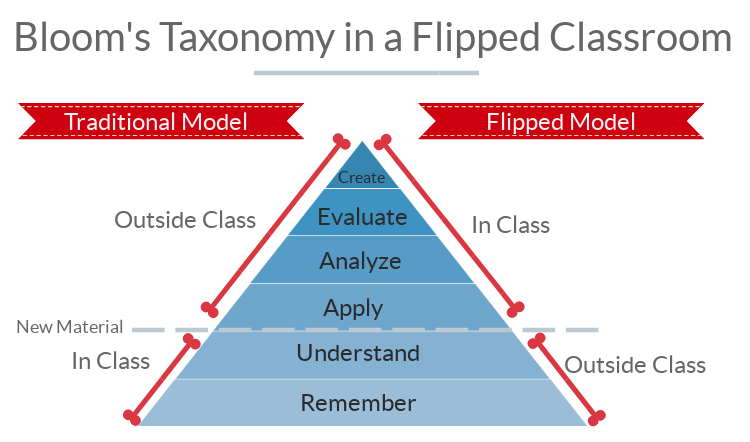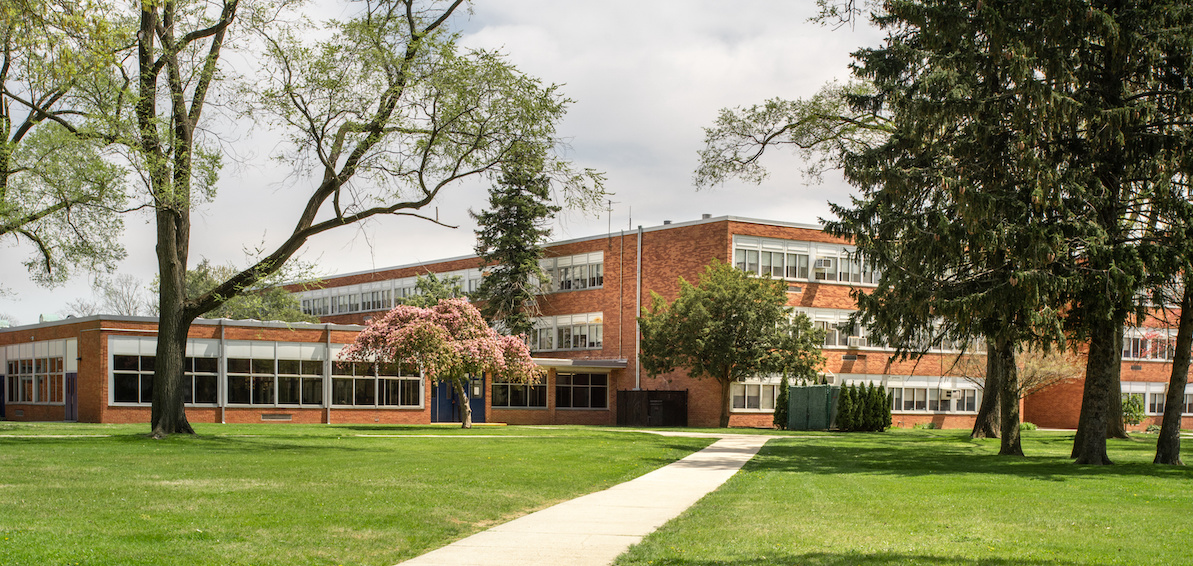
It is no secret that there are many Blended Learning definitions, and they mean different things to different teachers. As schools look to implement Blended Learning, we’ll explore seven models that can support classroom, school, and district goals.
WHAT IS BLENDED LEARNING?
Blended Learning is an instructional approach. It’s a way that we combine in-person instruction and integrate technology into our classrooms. In a nutshell, it blends face-to-face learning with opportunities for students to integrate with technology while learning in class. It does not replace the teacher!
According to an iNacol report on Blended Learning,
Horn and Staker’s definition expresses that “blended learning is any time a student learns, at least in part, at a supervised brick-and-mortar location away from home and, at least in part, through online delivery with some element of student control over time, place, path, and/or pace. The modalities along each student’s learning path within a course or subject are connected to provide an integrated learning experience” (Horn & Staker, 2013).
Think back to when we thought using calculators in our classrooms was the best thing since Velcro! It was innovative and exciting, and schools were trying to figure out how to integrate them into instruction – such as how and when. This, in essence, could be considered an ‘old school’ version of Blended Learning. It was the integration of technology into our ‘brick-and-mortar’ classrooms.
Fast forward to today and our technology has simply evolved. We have tablets, laptops, and smartphones. We use cutting-edge software such as Microsoft®, Apple®, and Adobe® products. Some of us might have voting ‘clickers’ and smart boards. We might be encouraging our students to create a culminating project in the form of a video or presentation. These are all forms of Blended Learning that are taking place in our classrooms on a daily basis.
What sometimes gets a little murky is when we start throwing in other education ‘buzz words’ that represent how we are implementing our Blended Learning approach. And then, why we choose different models varies in classrooms and schools depending on goals and needs. Within the “big umbrella” definition of the Blended Learning approach, you can find multiple models in which Blended Learning can be leveraged.
WHAT ARE MODELS OF BLENDED LEARNING?
The various models of Blended Learning are oftentimes what we as teachers are most used to using in our classrooms – we just might call them something different, or not call them anything at all because it’s just something we’re doing because it’s helping our students to learn best.
Models vary in the way:
- the teacher plays a role,
- the physical environment in which the learning is taking place,
- how instruction and learning is being delivered, and
- the flexibility of pace and place of learning.
Let’s explore seven Blended Learning Models (as established by Blending Learning Universe) that we may be currently using or are interested in trying out – and how Odysseyware can be leveraged for each.
- Lab Rotation
Do you wish you could build computer lab time into a student’s schedule? Maybe your school is already doing this, as it’s been a popular choice for many years now. A Lab Rotation Model would be similar to how our students already rotate through different subject area classes. However, in this model, students would have a ‘lab’ time built into their schedule in which they would go to the computer lab where online learning occurs. Lab time is built into the student’s schedule.
2. Station Rotation
This model is another very popular approach already in place in many classrooms, especially in the elementary classroom. In this model, teachers have set up stations in which students rotate through at fixed times. Teachers may also refer to this model as “centers.” For example, in one of my classrooms, I had four, twenty-minute rotations set up during my 75-minute math block. Students rotated through the different activities – including one with me that was teacher-led instruction and one of which was a form of online learning instruction.
3. Individual Rotation
This model is similar to the above model, but instead of small groups of students moving to stations at fixed times, individual students move through stations on their own individual schedules. This model is much more personalized to the individual student because they may not be rotating to every station. They are working on their own ‘playlist’ that is uniquely theirs.

4. Flipped Classroom
The Flipped Classroom Model is a hot topic as of late. And just like Blended Learning, this model can also take on different forms of a definition. However, the consistent idea of this model is that just like the phrase implies, we’re doing something different in our classrooms when we implement a Flipped Classroom Model. We’re breaking away from the ‘traditional’ and ‘flipping’ our instruction around. What we would normally be teaching as direct instruction in class would be given to students to watch/review outside of our core classroom. Students can then take notes and jot down questions that this new concept provokes. What would then be considered ‘typical’ homework would be completed in class, allowing for learning through activity and teacher-scaffolded support.
5. Flex Learning
Online Learning is an essential component of this Model. Students work through online courses while in a classroom with a teacher. The teacher is available for instruction and support, including one-on-one support as needed, giving students highly flexible control over their learning.
6. A La Carte
Do you wish you could offer students a Chinese world language class, but don’t have a certified teacher to deliver instruction for it? An A La Carte option may be what you need. This model allows students to take an online course with an “online teacher of record” but still go to their face-to-face classes in their brick-and-mortar school. This is another flexible option that allows schools and districts to retain students in their districts but offers courses they may not have the staff or curriculum to do so.
7. Enriched Virtual
Our students are faced with many different circumstances, which may require extensive flexibility in their schedules. For example, more and more high school students and young adults need to work to provide for their families or may have children that require flexible schedules. An Enriched Virtual Model is a “step below” a full-time online school. In this model, the majority of coursework is completed in a virtual environment outside the classroom but still requires students to attend some face-to-face learning sessions with a teacher.
THE BENEFITS OF BLENDED LEARNING
After reading some of the different models of Blended Learning, I’m sure you’re already thinking of some benefits of implementing in your own classroom(s)!
Some additional highlights from iNacol of the benefits to Blended Learning are summarized below.
- A shift from lecture- to student-centered instruction.
- Teachers can have powerful tools at their fingertips for personalizing instruction.
- Increased flexibility in learning space, place, and pacing for students.
- Support intervention through differentiated learning strategies.
- More opportunities for one-on-one and small group interactions with peers and teachers – and an increase in student-content interaction.
- Expanded access to resources online.
- The ability to identify areas where they [students] need help and ways to get help, through the use of data.
- Opportunities to more rapidly close gaps using digital content and assessment tools.
- A la carte models of online and blended learning allow students to take online classes to have access to a broader range of courses.



